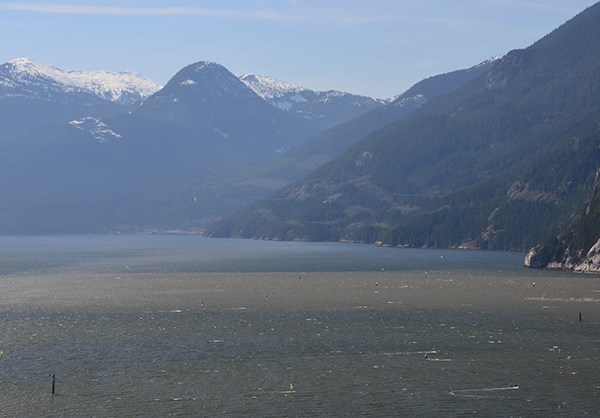The regional district made a big reduction in its carbon footprint last year, says a Squamish-Lillooet Regional District report.
The SLRD has signed the province’s Climate Action Charter, and as a result it has been looking at ways to reduce its carbon footprint and avoid paying more for carbon offsets, through the Climate Action Revenue Incentive Program.
The staff report from May outlines some of the steps it has been taking as well as the impact. Based on the going rate of $30 a tonne for offset purchases, the SLRD cut its carbon offset amount significantly in 2015.
The amount paid for carbon emissions was $507 last year compared with $2,745 the previous, $2,950.75 in 2013 and $3,525 in 2012. The SLRD report also discusses the Green Communities Committee, a joint committee of the province and the Union of British Columbia Municipalities, which has a Climate Action Recognition Program to encourage communities in the Climate Action Charter to show progress. The program is broken into three levels: progress of commitments, measurement and finally carbon neutrality. The SLRD report notes it has reached the second level.
“We are very close to going carbon neutral,” the report said.
It notes the savings came from the introduction of composting at the Lillooet landfill. Other ways emissions were reduced throughout the region included decreased hydro usage, all street lighting services and the sewer service for Britannia Beach, when compared with the previous year’s use.
There was a slight increase from vehicle use.
In Area D, the district is looking at solar panels on the wastewater treatment plant as a way to reduce energy use and emissions.
“We’ll act as a catalyst, we hope, to other people in the region,” Area D Director Tony Rainbow said.
The staff report outlines the actions taken to reduce emissions or encourage sustainability in a number of ways: planning, building and lighting, energy generation, green space and natural resource protection, solid waste, transportation, waste and wastewater, climate change adaption, innovation, peer-to-peer learning and carbon reporting.
These include measures such as adding greenhouse gas emission targets to regional growth plans, conducting air quality studies for its buildings, looking into energy conservation tactics such as solar photovoltaic systems that convert sunlight directly into energy, encouraging ways to reduce vehicle use in SLRD communities, installing low-flow equipment to reduce water use in office space or the regional district’s other community facilities and composting solid waste.
Locally, the District of Squamish has its own plan to reduce emissions, including composting as part of regular solid waste pickup.



